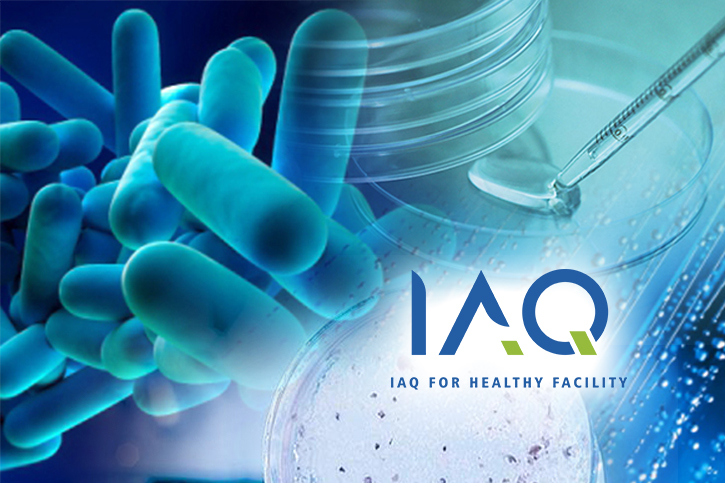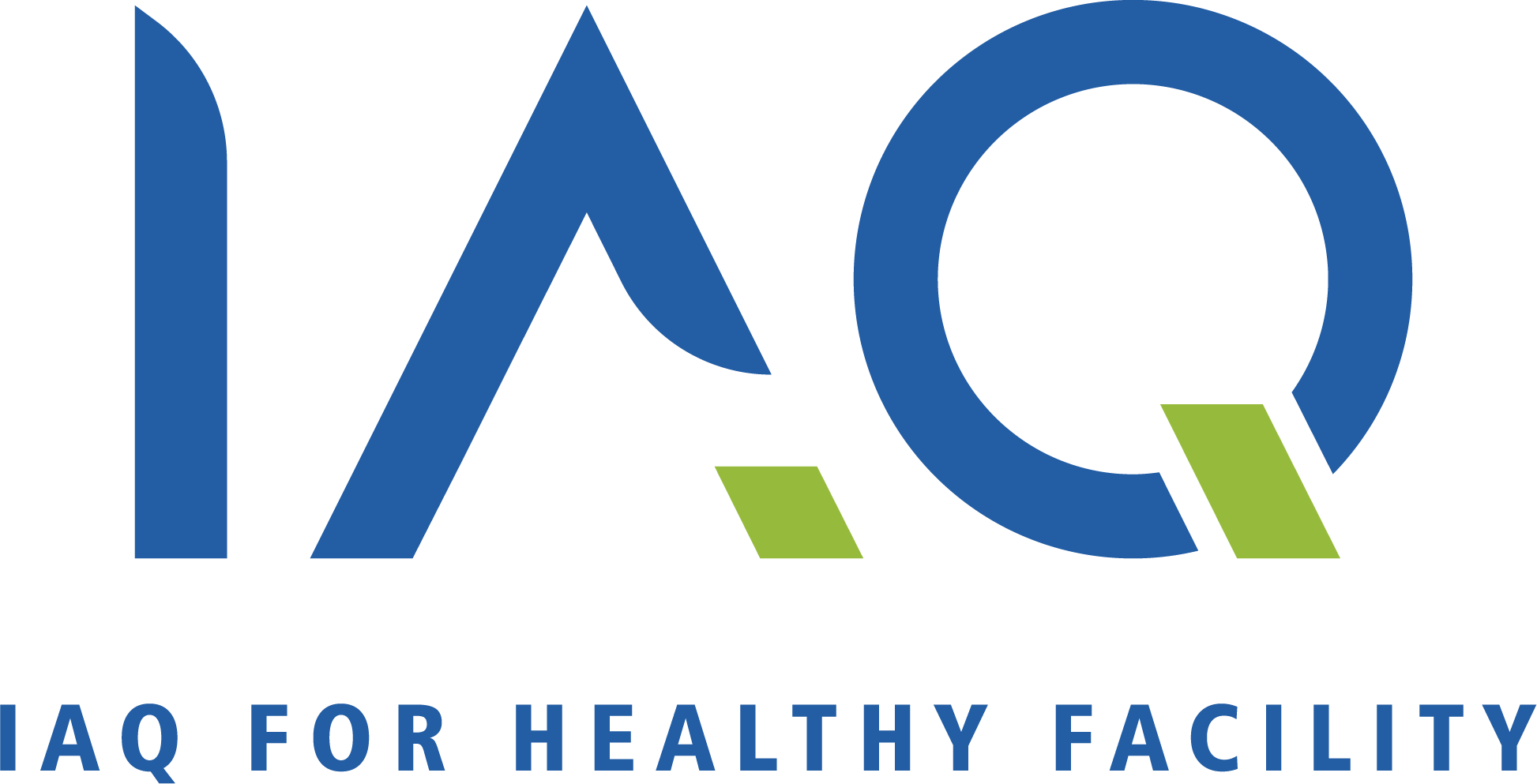Legionella Testing

Legionella bacteria could affect people through water as a medium, and this refers to commercial buildings that have cooling towers. When cooling water in commercial buildings is being contaminated with Legionella disease, the water is supplied through the water system, straight to the water distribution system where heat is transferred and distributed back to the HVAC system. The HVAC system will then circulate the cool water to produce cool air, which is then distributed through the HVAC system. If Legionella bacteria are present in the water, the occupants will get infected once they breathe in the indoor air of the facilities.
Legionella bacteria increases the risk of infection for those who
IAQ Facility Services’ solutions to test Legionella
What do we recommend?
Collective sampling needs to be taken from time to time, especially in the cooling tower in commercial buildings. The area of the main water supply also needs to be taken into consideration as it aligns with the process of where Legionella bacteria could be found and bred. Water sampling for Legionella testing should be carried out from different points as it needs to be compared and recorded to detect the starting root.
Frequently Asked Questions
A Legionella risk assessment must be performed based on HSE’s Approved Code of Practice (ACOP L8) on the following systems:
- Cooling towers
- Evaporative condensers
- Hot/cold water systems
- Spa pools
- Other plants & systems containing water
The bacteria may multiply in favourable conditions, thus increasing the risks of legionnaires’ disease. By implementing the appropriate measures, these risks can be minimised.
The Legionella Risk Assessor looks for any area that has water. Legionella risk criteria include:
- The discovery of Legionella
- Temperature between 20 ̊C – 45 ̊C, adequate nutrients and available space for bacterial growth, e.g. an impenetrable layer of microbes that adhere to the inside of wounds
- Persons that may be affected by bacterial contamination
Consider a re-commissioning programme if your site is either closed down or has water systems shut down. For a very simple water system, 5 minutes of flushing can flush all the outlets. On larger systems, e.g. hotels, factories, and offices, refurbishing will require a more advanced chemical disinfection service with routine Legionella sampling.

